Brunfelsia uniflora
ifraser25
17 years ago
Surely one of the most spectacular of all flowering bushes. It has a number of names locally including Mercury and Romeo and Juliet, the latter presumably because of the 2 different colors of the flowers which open purple then within a day or so fade to white. I have also heard the English name "Morning Noon and Night" presumably also referring to the color change.It has a lovely scent and here in SE Brazil flowers twice a year! What more could you ask? Apart from being frequent in gardens it also grows prolifically in the wild in the Atlantic Forest.
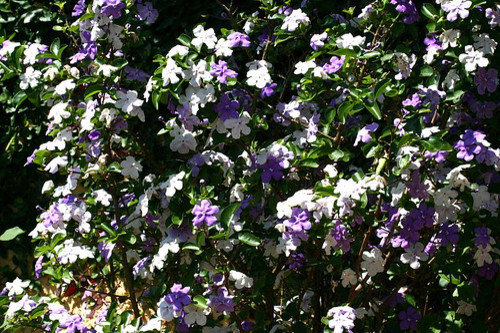
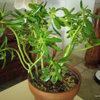
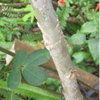
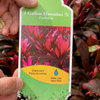
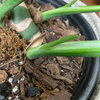
bahia
garyfla_gw
Related Professionals
Norfolk Landscape Architects & Landscape Designers · Accokeek Landscape Architects & Landscape Designers · Wakefield Landscape Contractors · Davis Landscape Contractors · East Hanover Landscape Contractors · Ellensburg Landscape Contractors · Essex Landscape Contractors · Farmington Landscape Contractors · Middletown Landscape Contractors · Monterey Landscape Contractors · New Berlin Landscape Contractors · Saint George Landscape Contractors · San Benito Landscape Contractors · San Carlos Park Landscape Contractors · Wallingford Landscape Contractorssultry_jasmine_nights (Florida-9a-ish)
TonyfromOz
longwoodgradms